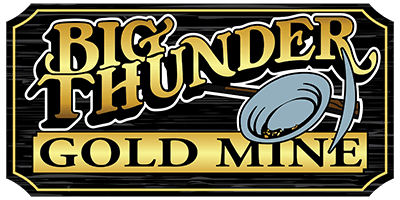-

Our Mine’s History
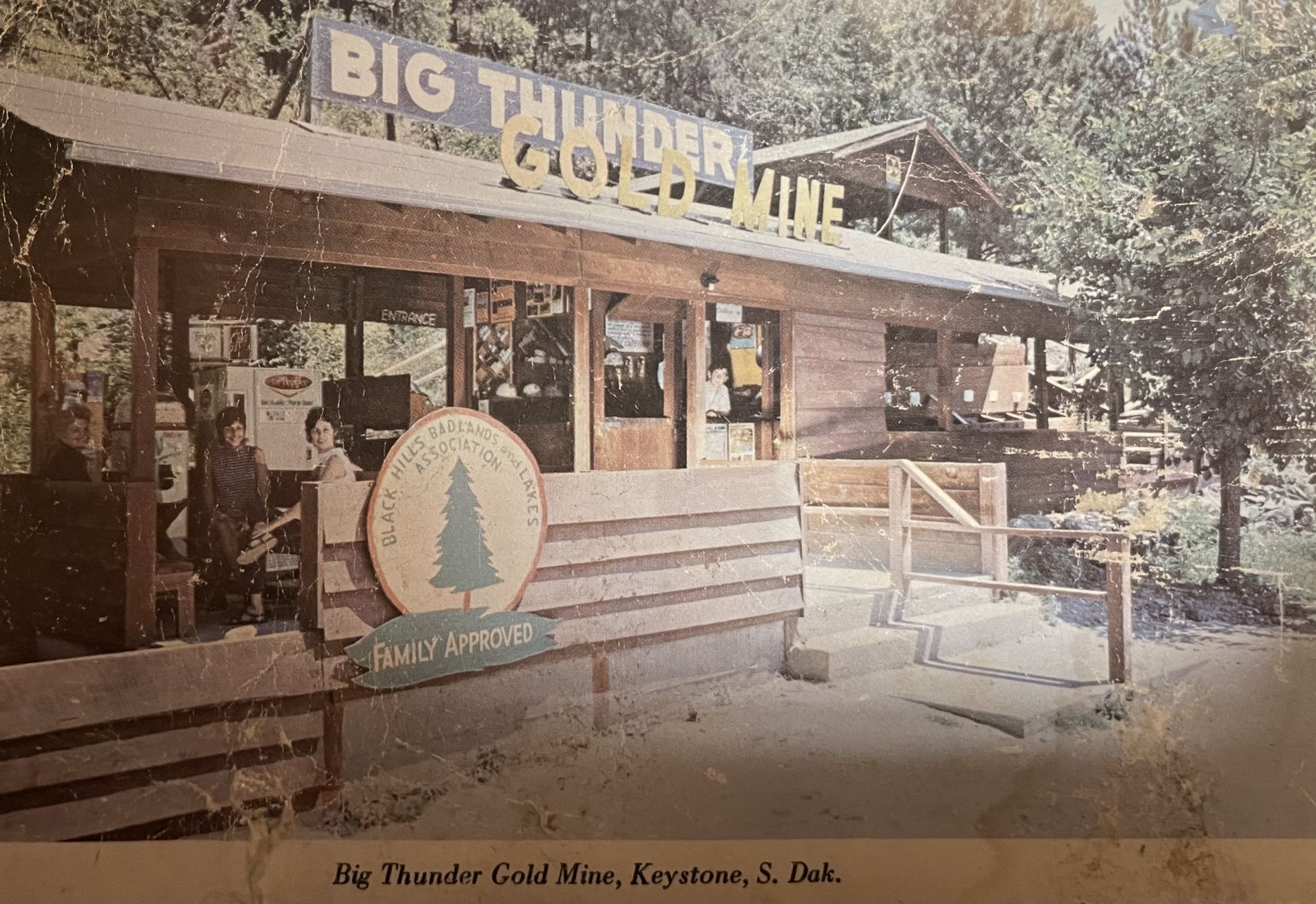
The Story of Big Thunder Gold Mine – Our Mine’s History
Big Thunder Gold Mine (originally named Gold Hill Lode) was discovered in 1892 by two German immigrant miners, W.B. Krupp and J.A. Engle during the Black Hills Gold Rush. They migrated across America separately but met in Keystone, SD. Their common language connected them and they eventually became partners.
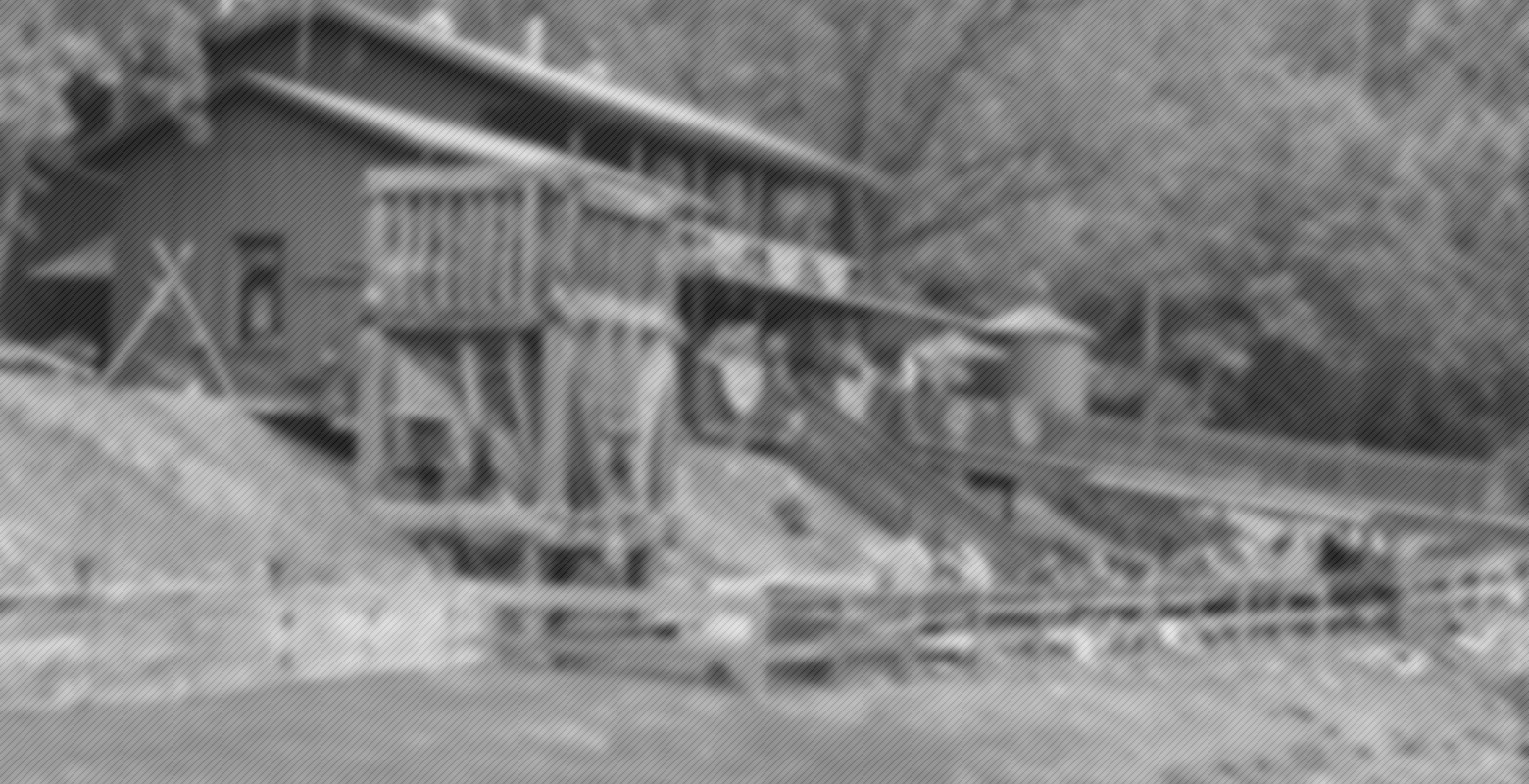
Lucky Boy
Krupp and Engle started mining the hill up high, anticipating an outcrop of indicator minerals. Unable to strike a rich vein, the miners moved down the hill to the current mine location. They were trying to intercept the Lucky Boy vein.
Lucky Boy Mine was located downstream from Big Thunder, on the neighboring claim adjacent to the first half of the Big Thunder property, near Keystone, SD.
The miners studied the direction and angle of the Lucky Boy ore body. They skillfully devised a plan to intercept the ore body by driving an adit, or access shaft, into the hill at the current mine entryway.
Drilling Techniques
In the early days of the Black Hills Gold Rush, miners first drilled holes in the solid rock using only hand equipment. Then they placed powder in the drill holes to blast the rock loose.
Krupp and Engle used a drilling process called double jacking. One miner held a steel drill bit while the second miner pounded it with a sledgehammer. A series of drill holes spanned six to eight feet in the shape of a butterfly with outstretched wings. This butterfly pattern allowed explosives to excavate a safe square with very little fracture to the sides of the tunnel. A properly done blast would completely fracture the ore yet maintain integrity of the interior mine.
The butterfly drill pattern was carefully executed. Miners fired the four drill holes in the center of the blast face first, followed by the rest of the charges. This sequence fractured the rock and blew out a cone of ore from the center of the surface. The next ring of explosives directed energy toward the center area previously removed in the blast sequence. This energetic process fractured the ore more efficiently and maintained the outer walls’ reliability. Firing all the drill holes simultaneously would have threatened the integrity of the walls, leading to possible cave-ins.
Big Thunder is one of the safest mines in Black Hills Gold Mining History because the adit, or access shaft, is cut in solid rock. The rock stability allowed miners to use very little timbering.


Turn of the Century Black Hills Gold Mining History
Around 1900, steam and compressed-air-driven drilling equipment was introduced, replacing hand drilling. Advanced equipment greatly improved the miners’ progress into the mountain. Water injected into the drill holes to remove the rock chips increased the boring rate and reduced rock particles in the air. This resulted in fewer incidences of silicosis, a disease of the lungs from inhaling rock dust.
By 1907, the Big Thunder adit intersected the Lucky Boy vein about 330 feet into the mountain. The discovery turned disappointing when Krupp and Engle found the Lucky Boy vein had narrowed down to a width barely measured in inches. That same vein on the Lucky Boy property averaged 10 feet wide, containing one-quarter ounce of gold per ton. But it was not profitable to mine at the Big Thunder adit.
Development was halted. Dreams were crushed.
Pyrite, Graphite & Quartz…Oh My!
In 1909, the Columbia Mine opened on the property adjacent to the back half of the Big Thunder property outside of Keystone, SD.
Ore from this mine averaged over two ounces of gold per ton with some rich pockets producing up to 10 ounces per ton. The Columbia vein ran parallel to the Lucky Boy vein and continued toward Big Thunder. Krupp and Engle, reignited with hope, knew it was time to lengthen the Big Thunder adit.
By 1913, the miners picked up trace minerals indicating gold bearing ore was nearby. The cuttings changed to dark black, indicating they had intersected the Columbia vein. They anticipated a rich ore body they had worked most of their lives to discover.
One can imagine the thrill as pyrite, arsenopyrite, graphite and quartz gradually appeared in the drill hole cuttings.
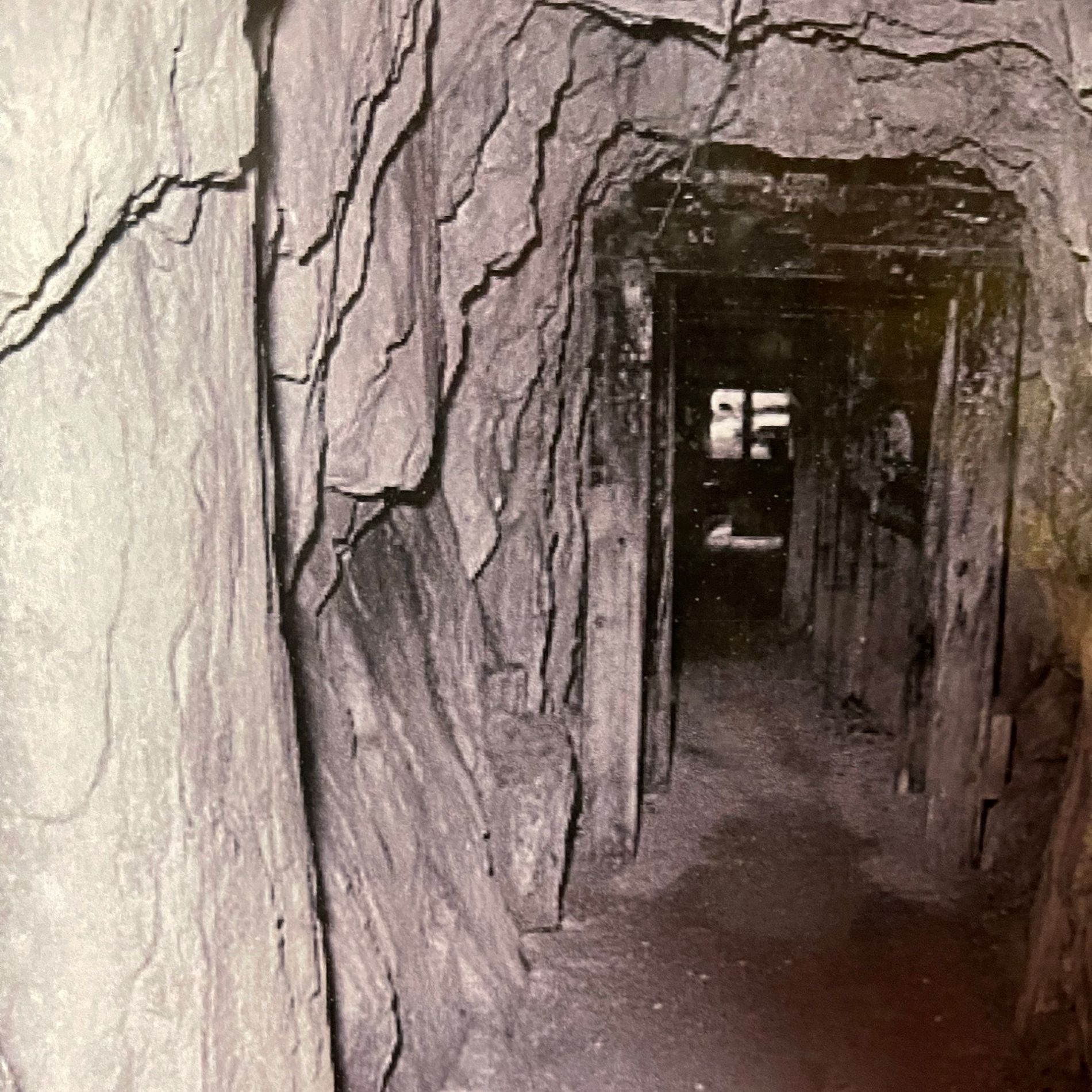

The Search Goes On…
When they intersected the Columbia formation, the miners removed ore to form a large room called a stope. The stope grew to 20 feet wide, 35 feet high and 60 feet long.
Ore from the stope was taken to the Tykoon Mill, a custom mill located on the Big Thunder property upstream from the Big Thunder mine near Keystone, SD. Tykoon Mill processed ore from small mines unable to process ore themselves.
Unfortunately, the discovery was short-lived. World War I threatened the United States to increase war efforts. The government issued L-208, an order to close mines not producing war metals and minerals. Thus, gold mining at Big Thunder Gold Mine concluded in 1914.
Idle mines fill up with water while equipment ages. General deterioration equals high start-up costs. Very few mines in the Black Hills reopened after World War I.
Those who did survive WWI were closed again with the L-208 order when World War II broke out. The second shutdown ended almost all gold mining in the Black Hills. Today, Wharf Resources is the only strip gold mine operating in the Black Hills since the closing of Homestake Mine in 2001.
The Pioneers of Black Hills Gold Mining History
Krupp and Engle started mining Big Thunder Gold Mine in 1892 when they were 35 years old. By 1914, the nearly 60-year-old miners had cut 680 feet into the mountain and 240 feet underground.
22 years of trial, discovery, anticipation, disappointment and accomplishment.
Julius Engle owned Big Thunder Gold Mine until his death on November 4, 1921, still clinging to the dream of "The Big Discovery."
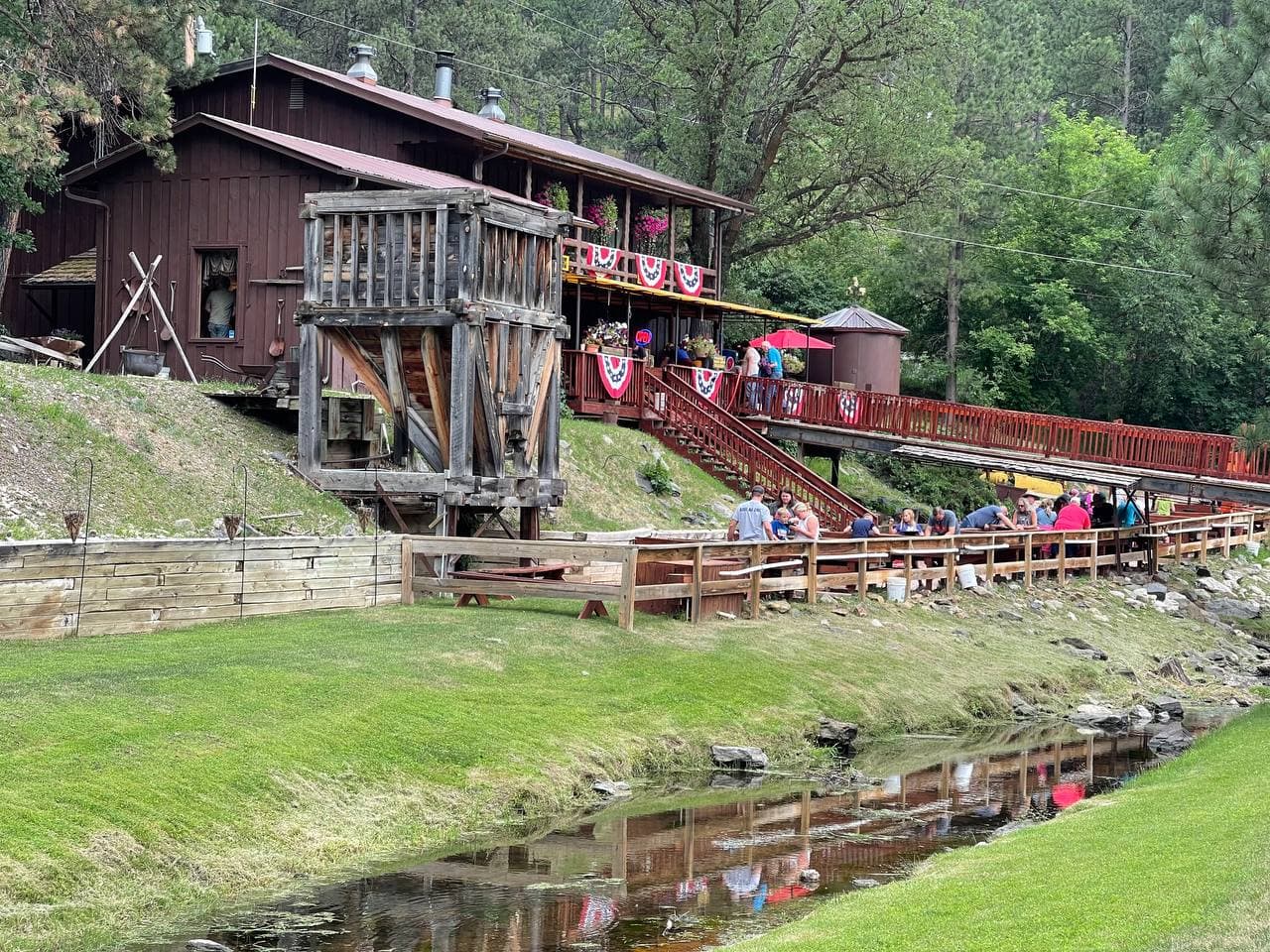
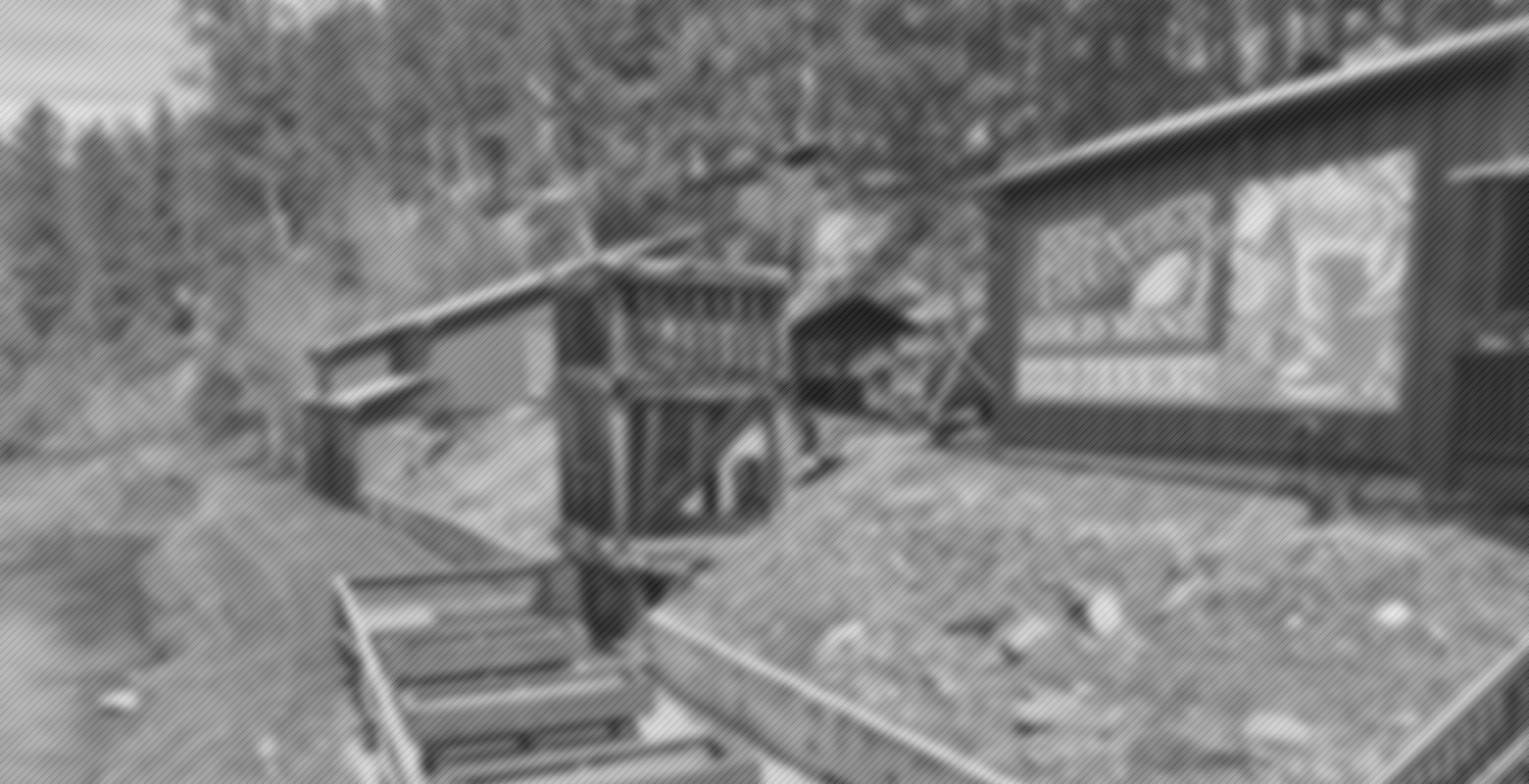
The Future is Gold
Big Thunder Gold Mine is the safest and most maintained mine in the Keystone, SD mining district. It contains most types of rocks, structures and minerals indigenous to the area.
An electric grid was placed over the area using the polarization method to determine the geological structure to a depth of 1,500 feet. This method creates an electric current that passes into the ground along an electrode array. Electrical measurements determine the type and composition of the rock below the grid. Physical core samples have verified the electrical results.
Geological results prove the potential for future gold mining in Keystone, SD. Exploration companies have been working in the area and have leased mineral rights for many of the area mines. A modern gold mine could lead to new discoveries at Big Thunder Gold Mine.
Want to Experience Black Hills Gold Mining History in Person? Come see us at Big Thunder Gold Mine!
